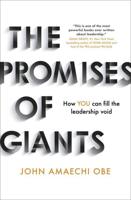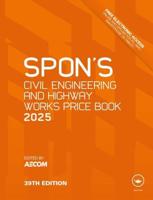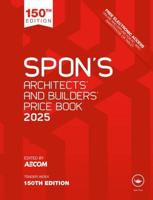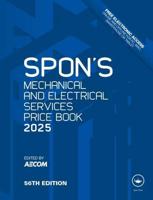Publisher's Synopsis
Reviewed by Sheri Hoyte for Reader Views (03/2020)
"An Architect's Guide to Construction - Second Edition: Enduring Ways in the Age of Immediacy" is a practical guide for architects, written by author and architect, Brian Palmquist, who has over forty years of experience, and has spent much of that time in the field developing technology in order to provide more efficient construction administration.
In this second edition, Palmquist has reorganized the content to create a user-friendly platform. It's comprehensive while remaining on point. Divided into four parts, Objectives, Fundamentals, Elements, and Conclusions, it's easy to read piece-meal by navigating to a very specific area, though those just starting out in the field or even those still working towards their degrees may find it beneficial to read cover-to-cover. Every subtopic within each section contains a "tale" from the trenches, used by the author to address complex issues through short, relatable stories. With each tale, Palmquist conveys its point and follows up with the principles and best practices relating to the specific issue. Each tale is based on real experiences, making this an invaluable resource.
Going back to the Preface, Mr. Palmquist states, "It may be that the only profession more complex than design and construction is medicine, given the complexity of the human body." Sounds intimidating, yet, intrigued to learn more, I was pleasantly surprised that a layperson such as myself was able to read and grasp some of the multifaceted issues surrounding construction administration today. Palmquist's tales are credited for that as I found his messages personable and relevant, and the perfect way to get the point across. He's a born storyteller!
Well-written, current, and remarkably concise given the amount of detail involved, "An Architect's Guide to Construction: Enduring Ways in the Age of Immediacy" by Brian Palmquist is a must-have resource for those just starting out in the field. It should also be considered beneficial to more seasoned architects looking to hone their processes. It's a reference that should be on every desktop involved in construction administration.










